Why Are Targeted Marketing Campaigns Effective?
Photo a laser beam cutting through some fog-- exact, focused, and impossible to disregard. That's the power of targeted marketing campaigns in a world cluttered with generic ads. Gone are the days of casting large webs and hoping for the best. Reliable companies now wield marketing methods as finely tuned instruments, reaching out to precisely who requires to hear their message. Targeted marketing is an effective tool that lets you release marketing to relevant market sections across all your channels to individualize advertisements at scale. However what makes these targeted campaigns so effective? Why are they outperforming standard blanket approaches? From escalating ROI to promoting real consumer connections, targeted marketing reshapes how organizations communicate. .
If you want to increase your department or business results, developing targeted marketing projects with the aid of a marketing operations expert could be your response for long-term success. Targeted
marketing has actually become an essential strategy in any digital marketer's playbook. Technology has actually advanced to make it easier, and consumers have actually pertained to expect it whether knowingly or subconsciously. Think about it, a single ad spread across a variety of various people is less likely to convert than a wide range of individualized ads based on special user engagements. Whether the client actively thinks of it or not, the platforms we advertise on will actively and automatically test and choose for the very best outcome based on that user's past behavior. The good news for businesses and online marketers is that targeted marketing is a lot easier to take part in than it was ten years earlier. The tools and evolving marketing channels can be optimized for outstanding targeted marketing campaigns to help keep your service in the black.
What is targeted marketing?
Targeted marketing is a tactical method that focuses on identifying and reaching particular segments of consumers who are most likely to be interested in a business's service or products.

Unlike mass marketing, which casts a large web to reach as lots of people as possible, targeted marketing customizes its efforts to specific groups based on various characteristics, habits, or engagement metrics. Evaluating and taking a look at different market sections versus your desired service or product, helps services identify the best offered audience for their targeting. This assessment eventually leads to picking one or more market sections before entering them. A targeted marketing strategyis really about figuring out the total instructions of business and the efforts that are going to be made in the future. .
Targeted marketing is the favored strategy by customers. When allowed to select between random or targeted ads, over 40% choose the latter. Additionally, behavioral-data-based advertisements were revealed to be the most reliable-- their clickthrough rate was as much as 5.3 x greater compared to other methods. Companies that offer specialized products or services benefit the most from targeted marketing methods.

Focusing marketing efforts on specific groups more likely to respond boosts the opportunities that the marketing efforts will pertain to those groups. When marketing matters, individuals are most likely to spend money on that product or service.
Targeted marketing usually offers particular details and incentives to people, providing a reason to pick that business over competitors in the very same promote. For example, Starbucks currently holds the largest market share of the coffee market in the United States. The business focuses its marketing on women and men in between the ages of 25 and 40 who live in urban areas, have moderately high income and expert professions and show an interest in reasonable trade and social well-being. Starbucks bets that these key groups are most likely to spend cash on specialized coffee beverages and products.
In addition, Starbucks targets youths between 18 and 24 by providing a comfortable, enticing place where they can sit and talk, study, or work.

Starbucks also remains active on social networking websites, further interesting the 18-to-40 promote. This motivates younger grownups to "follow" Starbucks on social media sites, increasing brand awareness and encouraging individuals to spend their time (and cash) at Starbucks locations.
Difference from Mass Marketing. The crucial difference in between targeted marketing and mass marketing lies in their method:.
- Mass marketing aims to reach the biggest audience possible with a single, uniform message. It presumes that all customers have comparable requires and preferences.
- Targeted marketing acknowledges that various customer groups have unique needs, preferences, and habits. It tailors marketing efforts to interest these particular segments.
Key Components of Targeted Marketing
- Market Segmentation: Dividing the overall market into distinct groups based on shared characteristics.
- Audience Profiling: Creating comprehensive profiles of perfect consumers within each segment.
- Personalized Messaging: Crafting personalized messages that resonate with each target group.
- Channel Selection: Choosing the most reliable marketing channels to reach each segment.
- Data Analysis: Continuously analyzing campaign performance and client information to refine targeting strategies.

Types of audience segmentation
You can use several kinds of audience segmentation to assistance your digital marketing campaign. Each features a distinct set of advantages for various services. Use the personalities you construct about your target audience to recognize potential division strategies to offer. Then, release different methods and check the distinctions in outcomes in between the preferences to find the best fits for your service or products.
Affinity Audiences
Affinity audiences are groups of users who show a strong interest in particular subjects, way of lives, or passions.

This division type exceeds standard demographics to capture the essence of people's interests and behavior.
Secret Features:.
- Based on long-lasting interests and lifestyle choices
- Assists reach people enthusiastic about subjects associated with your item or service
- Permits targeting based upon pastimes, values, and individual preferences
Example: A high-end watch brand might target affinity audiences thinking about "high-end way of life," "style enthusiasts," or "see collectors." This approach guarantees their ads reach people who are most likely to appreciate and potentially purchase high-end wrist watches.
Life Events
Life occasions audience division surrounds those presently or ready to experience a substantial life occasion or modification. This targeting approach profit from the fact that significant life occasions frequently activate brand-new purchasing habits and requirements. Significant life events are infrequent, so there is a smaller sized audience reach due to stringent timelines, but it is extremely targetable. .
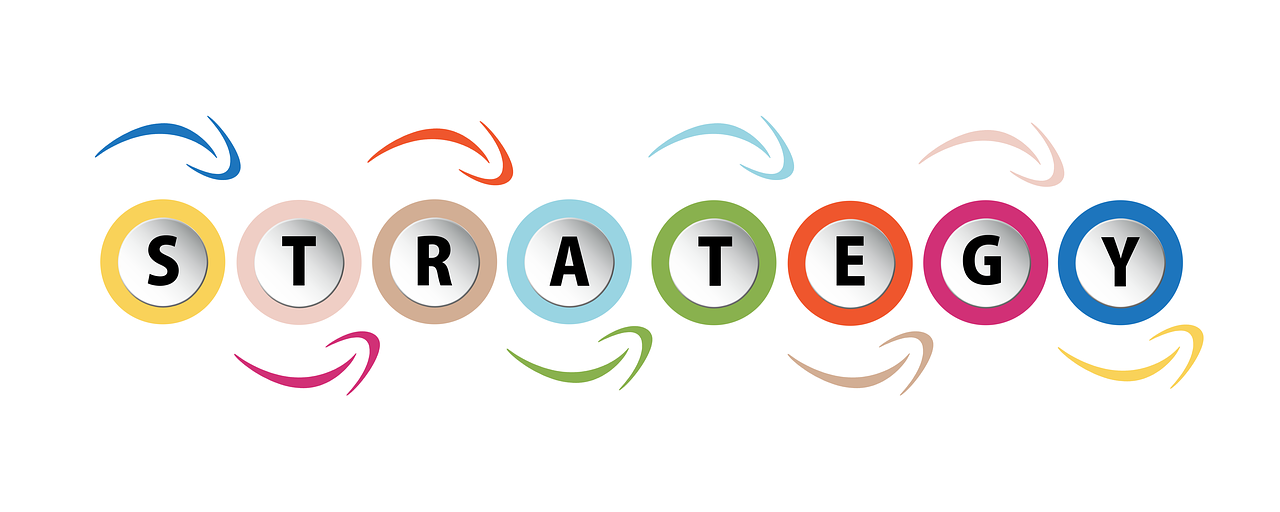
Key Features:.
- Targets users throughout transitional periods in their lives
- Highly appropriate for products/services connected to specific life stages
- Can lead to high conversion rates due to prompt targeting
Example: A property firm might target users in the "moving homes" life occasion classification, offering services to those most likely in need of residential or commercial property listings or home loan advice.
For example, if an individual gets engaged, they will be actively aiming to acquire things associated with weddings. This makes it an ideal time to reveal them advertisements for flower stores, gowns, nice matches, places, and more. Their need for wedding-related products and services will last anywhere from a few months to a few years, depending upon when they schedule their wedding.
Client Match, Remarketing & & Lookalike Audiences
Consumer match audiences allow a service to use their online and offline data to reach and re-engage with existing or previous consumers.

This requires companies to use the info provided by consumers to guarantee they see targeted advertisements. Remarketing and 1st celebration data are key in making certain this form of marketing is successful. Remarketing focuses on re-engaging users who have actually previously engaged with a brand's site, content, or ads.
Key Features:.
- Targets users currently knowledgeable about the brand
- Can be tailored based upon particular user actions or pages visited
- Effective for lowering cart desertion and increasing conversions
Example: An online course platform could remarket to users who visited their course pages however didn't enlist, offering them a limited-time discount to motivate sign-ups.
Similarly, lookalike audience segmentation automatically discovers new customers comparable to a company's existing clients. This procedure provides an opportunity to develop impressions on people who share similar characteristics to your existing consumers and those on your remarketing and client match lists.

While the latest personal privacy compliance laws make this type of advertising a little less reliable, you are certainly enabled to use 1st party information on some ad channels to find new consumers that share particular demographics to your existing audience. .
Demographic & & Detailed Demographics
Demographics consist of all your conventional determining details, such as age, gender, education level, marital status, race, religious beliefs, income level, and more. This information is simple to acquire and categorize because there are just a handful of options for each classification.
Detailed market segmented audiences permit companies to reach large portions of a population that share a common, particular quality. Comprehensive demographics offer a more granular method to demographic targeting, enabling organizations to reach specific subsets of the population based on in-depth characteristics.
Secret Features:.
- Surpasses fundamental age and gender demographics.

- Consists of aspects like adult status, home income, and education level.
- Allows for more accurate targeting within more comprehensive market groups.
Example: A high-end infant item manufacturer could target detailed demographics such as "new parents" with "high home earnings" in metropolitan areas.
Advantages of Targeted Marketing
Targeted marketing supplies a multitude of advantages that can substantially improve a business's marketing efforts and total company performance. By focusing on particular audience sectors, organizations can accomplish more effective and effective outcomes compared to traditional mass marketing techniques. Advertising, customer experience, business operations, and branding-- can all be affected by taking a personalized method which is primarily driven through the personalities from your targeted marketing. With proper targeting, you can achieve the following:.
Enhanced ROI and Cost-Effective Campaigns
Among the most engaging advantages of targeted marketing is its ability to deliver a higher roi (ROI).
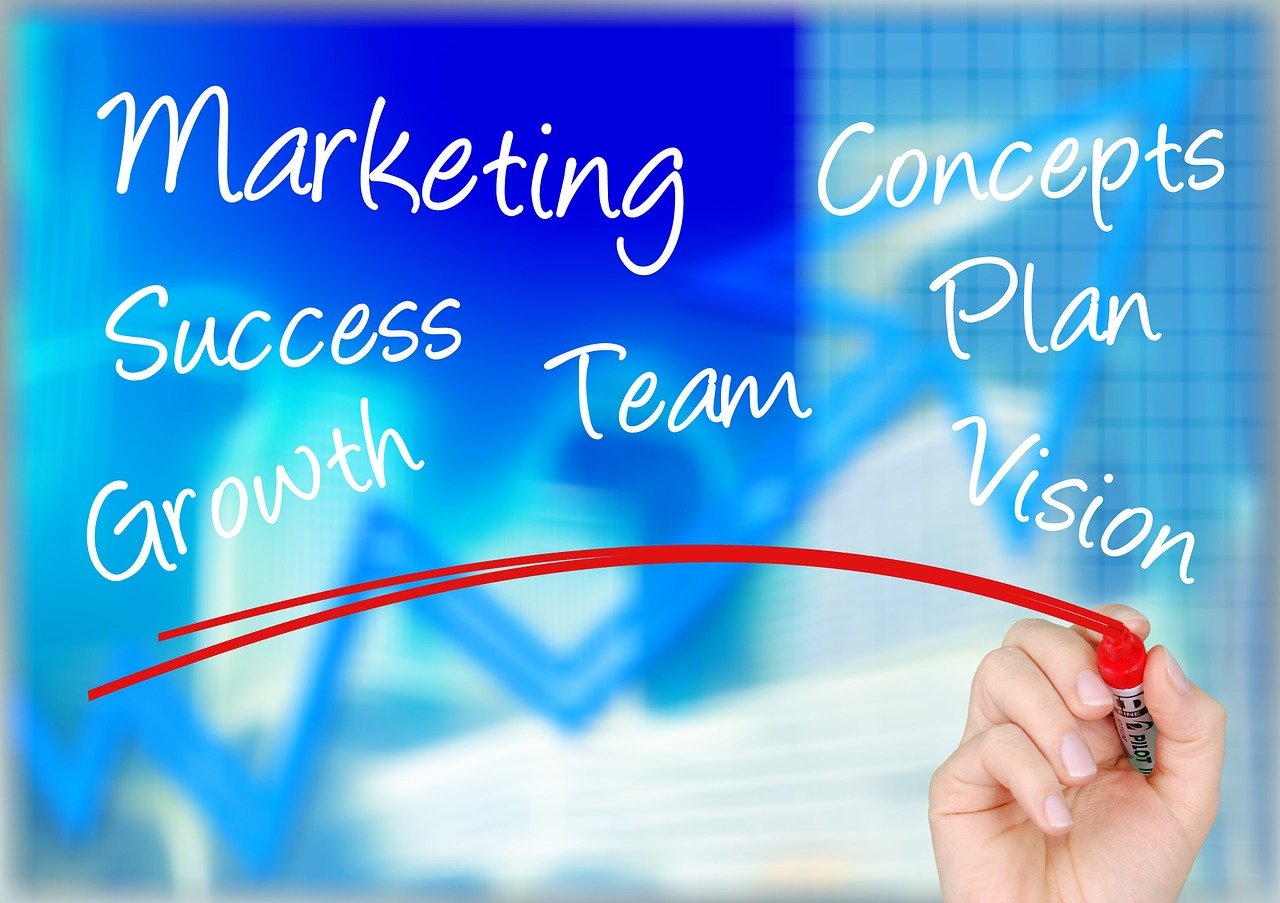
Unlike broad-based marketing projects that cast a large net, targeted marketing focuses resources on the most appealing potential customers. This focused technique significantly minimizes squandered advertisement spend by ensuring that marketing efforts reach people who are most likely to be interested in the service or product. As a result, conversion rates tend to be greater, as the message is individualized to resonate with the specific needs and choices of the targeted audience.
With targeting, marketing becomes more affordable, effective, and reliable at creating customer leads. Saving money on marketing and a better roi are the most apparent benefits of targeted marketing-- especially for small companies with penny-wise marketing budgets. This importance not only increases the likelihood of engagement however also of conversion, causing a more effective use of marketing budgets. By allocating resources to the most receptive sections, organizations can maximize their marketing impact and attain much better results with possibly lower total invest. Targeted

marketing is far more economical than mass marketing as companies are not wasting time and cash marketing to individuals who will never be a customer. Instead, the target market is specific customers who are probably to end up being customers.
While the preliminary setup of a targeted marketing strategy may need more resources in regards to information collection, analysis, and campaign creation, it often shows more economical in the long run. By concentrating on high-potential consumers, businesses can substantially decrease waste in marketing invest. Instead of paying to reach a broad audience that may include many unenthusiastic people, targeted marketing guarantees that resources are directed towards those probably to transform. This focused technique usually causes higher conversion rates, leading to much better total campaign efficiency and a more favorable cost per acquisition. .
Furthermore, targeted marketing allows for continuous optimization based upon comprehensive efficiency data.
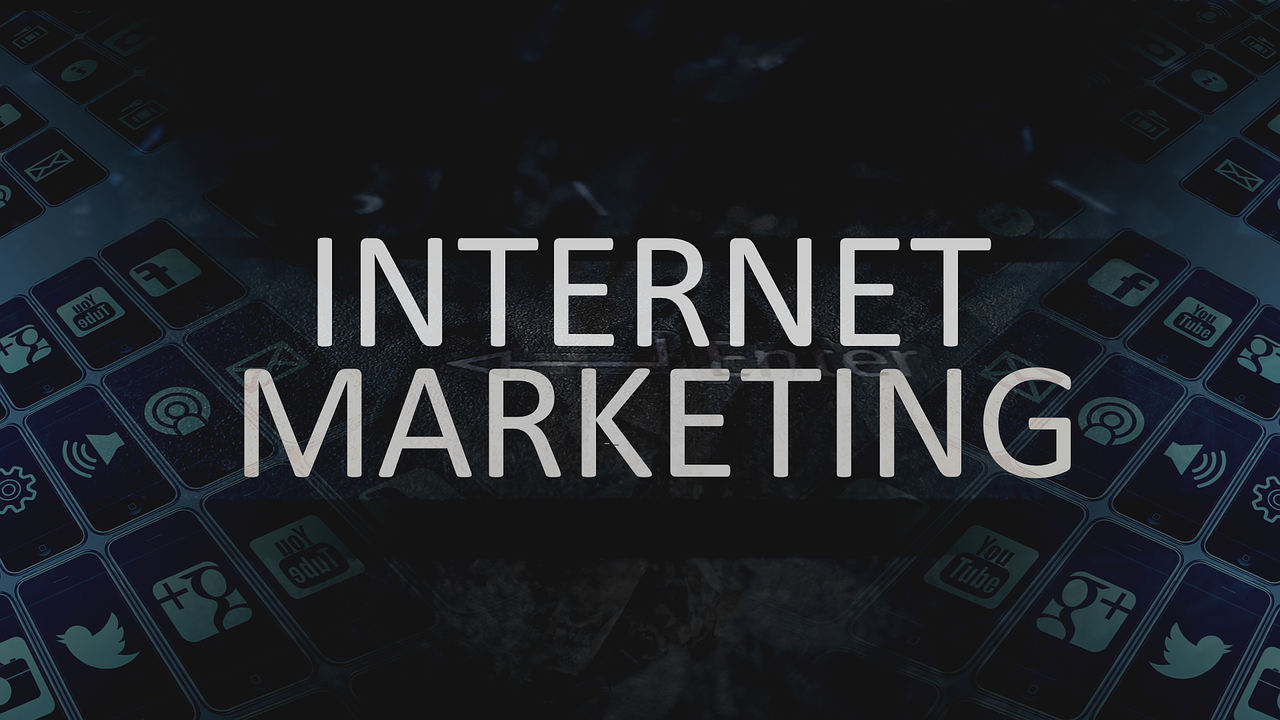
As campaigns development, marketers can evaluate outcomes at a granular level, identifying which sections respond best to which messages. This data-driven technique allows ongoing improvement of targeting strategies, even more improving performance in time and making sure that marketing spending plans are used in the most effective manner possible.
Much Better Customer Engagement through Understanding Customer's Needs
Targeted marketing fosters more powerful connections with customers by tailoring messages to specific audience segments. This customized approach ensures that the material resonates more deeply with receivers, as it addresses their special interests, requirements, and discomfort points. When clients receive communications that feel relevant and customized, they are most likely to engage with the brand. .
The target marketing process provides a basis for understanding customers' needs by grouping consumers with comparable attributes together and picking the target market. Division allows marketers to more precisely define customer needs and expectations within their advertising.

Online marketers improve their understanding of how, why, and what influences customer buying. Being in touch with customers increases their responsiveness to altering requirements and allows for much better marketing programs.
The outcome is increased engagement that can manifest in numerous methods, such as higher email open rates, more social networks interactions, or increased time spent on a company's site. Moreover, targeted marketing facilitates more significant conversations and relationships with prospective clients. By showing an understanding of the customer's particular situation or choices, organizations can build trust and reliability, laying the structure for long-lasting relationships and increased consumer commitment.
Brand name Recognition & & Better Customer Loyalty
When you avoid speaking to everyone in the market and focus on a specific audience, you start to stick out from rivals. Make sure to market your brand so specific consumers that match the targeted profile can easily determine you.
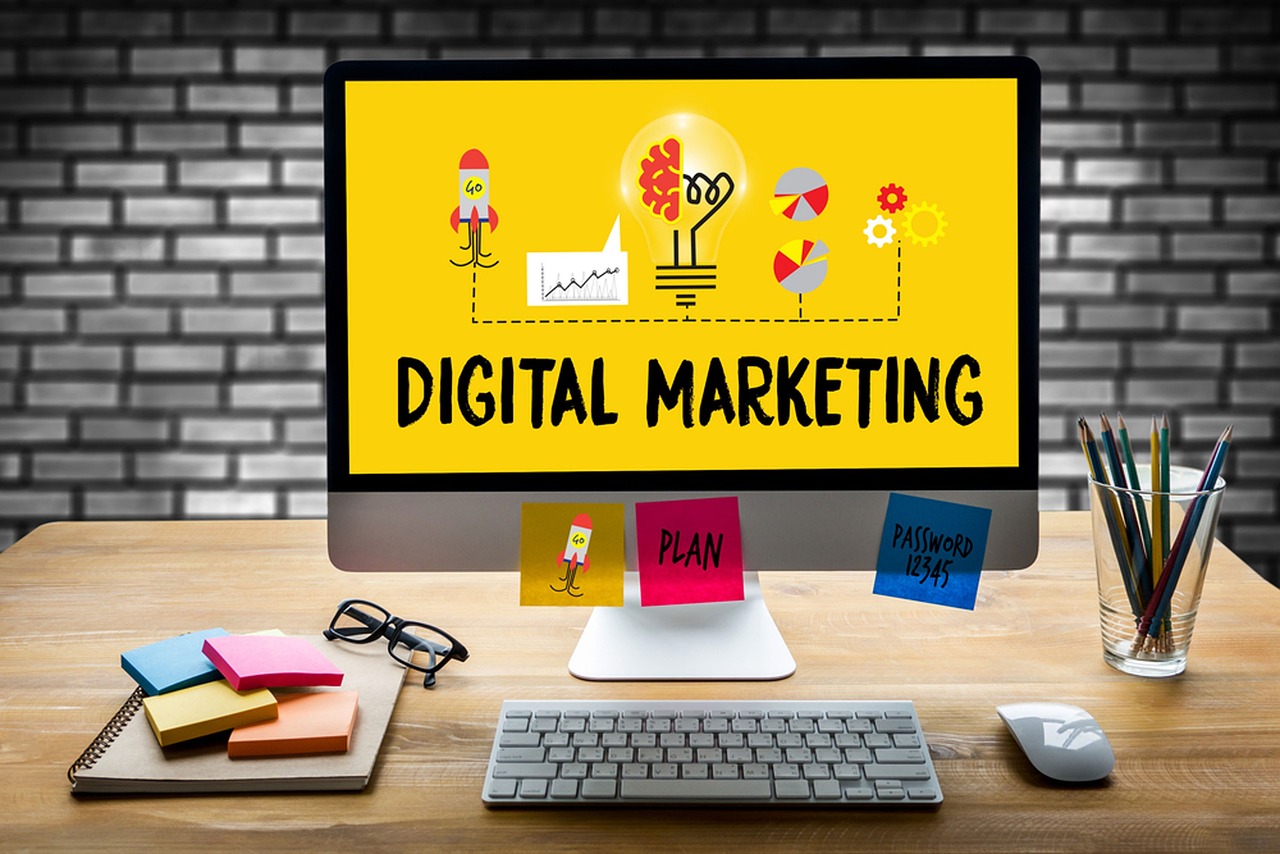
Consumers who recognize your brand name are most likely to buy from you, particularly if they've had a positive experience. Utilize your leading position in the market to ensure your brand stays unique and well-known.
Targeted marketing is an effective tool for promoting brand loyalty and deepening customer engagement. By customizing messages to specific audience segments, businesses develop tailored experiences that resonate deeply with receivers. This technique transforms customers from mere statistics into valued partners in the brand name's journey. When people consistently receive appropriate deals and communications that resolve their special interests, needs, and discomfort points, they establish a more powerful gratitude for the brand. This appreciation comes from feeling understood and valued, instead of being dealt with as just another face in the crowd. .
The continuous, personalized interaction establishes the brand name as a relied on ally in the consumer's life, strengthening brand name worths and placing in their minds.
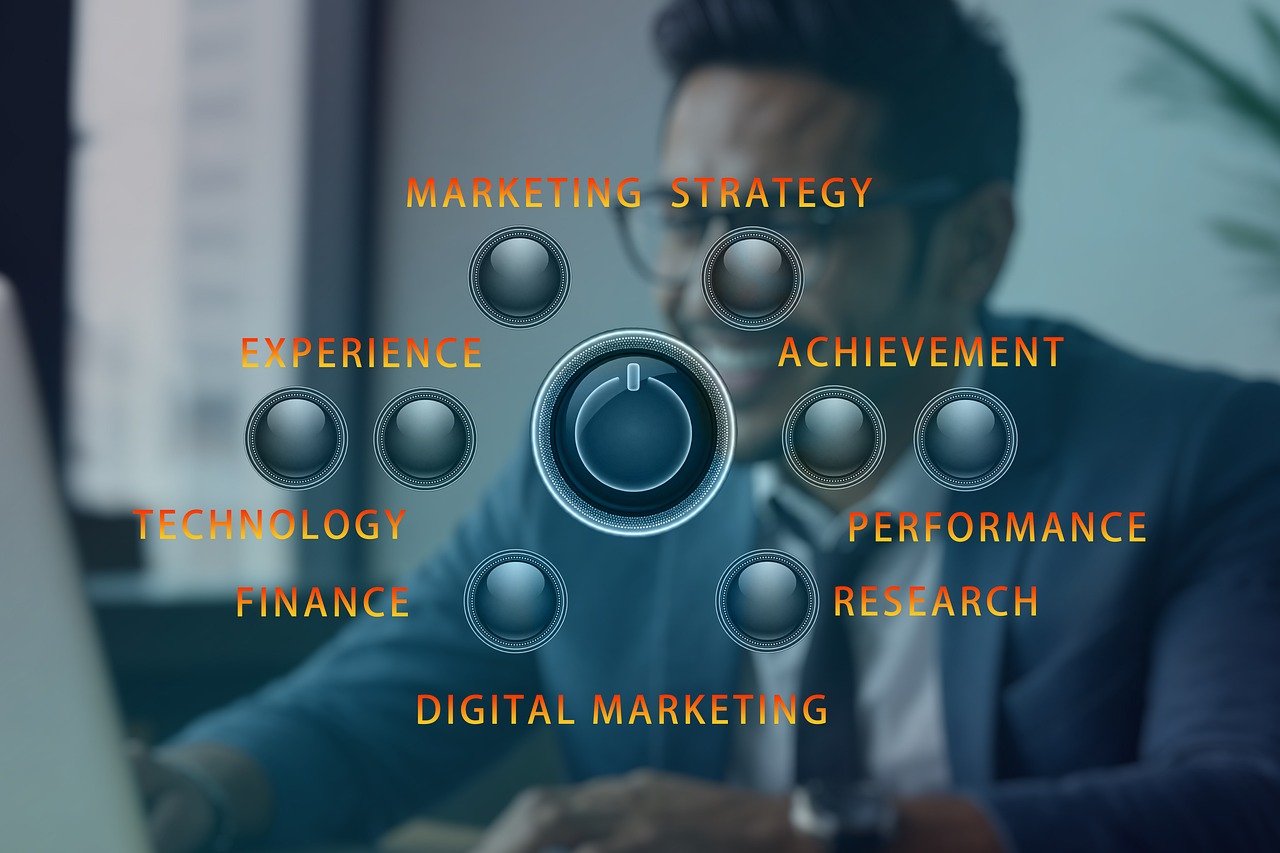
As clients sense that their feedback and preferences are not just heard but actively made use of to refine marketing methods, they become more invested in the brand name's success. This symbiotic relationship causes increased consumer retention, higher engagement rates, repeat purchases, and favorable word-of-mouth advice. Eventually, targeted marketing produces a virtuous cycle of commitment and engagement, where each personalized interaction enhances the bond between customer and brand, driving long-lasting company success.
Premium Leads and Better Products or Services
When you talk straight to the target audience, you can bring in real consumers to your company. Targeted marketing campaigns that in fact reach the specific group you wish to engage with makes lead results clearer and helps make sure the advertising and channels in usage are the best ones. When you target correctly, you're more likely to get quality leads that can become possible clients. No online marketer likes it when sales reverses leads as void, uninterested, or straight spam.

By using targeting marketing, you can decrease the rates of bad leads and reconstruct trust in your sales pipeline.
The target market focused customer-brand interactions that your company develops likewise assist in product or service advancement. When you're discovering the ideal customers, you get a clear insight into what those consumers want and do not want, along with practical suggestions on making your offerings even better. Knowing your audience more deeply indicates you'll start to edge out the competitors by developing better product or services that better align with the target audience needs. You'll provide functions and add-ons that customers are looking for but can't discover elsewhere. It's about putting yourself in their shoes and providing the very best services and products based on what they genuinely desire, not just what you think they desire.
Distinction Between Targeted Marketing from other types of Marketing
The simple description to define the distinction between targeted and mass marketing is that mass marketing attempts to reach as lots of people as possible.

In contrast, targeted marketing attempts to reach a particularly specified and profiled audience. Both of these methods can be an efficient marketing path and can drive an organization's leads and sales.
Mass marketing can be more costly; the message must be mentioned in one of the most basic kind to have the broadest appeal possible, and the result can become diluted. In the digital age, people anticipate to be spoken with personally, and a blanket mass marketing project might prove a pricey exercise if not performed properly.
One example of mass marketing might be a direct mail door drop to an area for a brand-new restaurant opening in the location. They would blanket a whole catchment area, and a few of those locals would be potential clients for them, merely down to the postal code. Aside from the address, it's not targeted, but it might produce some results for the dining establishment. Targeted
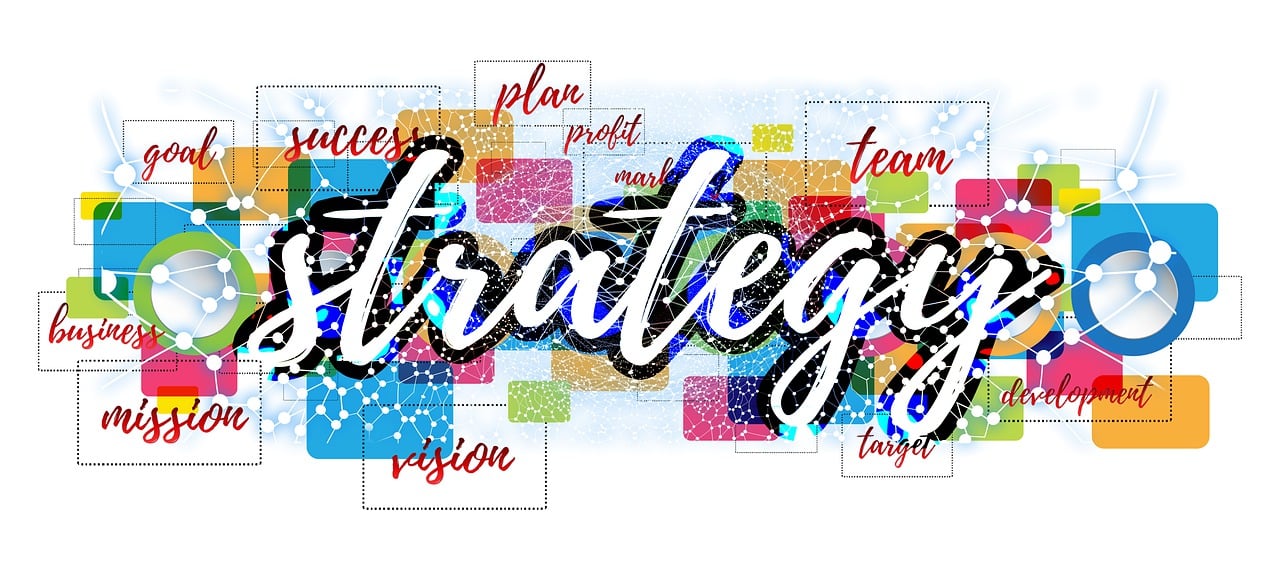
marketing allows you greater versatility and the capability to speak directly to your target market. This would normally be approached by learning more about your target audience, their requirements, desires, and worries and then customizing your marketing to speak with them directly.
Targeted marketing can possibly assist you save money and time on your marketing and list building costs. Instead of the cost of a high volume, a scattered result that mass marketing can often create, targeted marketing permits you to plainly define your distinct value to your target audience in a more personal and efficient way. Your strategy and planning must be extensive; great design, a clear message & & great copy is essential. This indicates that more time might be needed to produce and develop very particular targeted campaigns to produce the outcomes you need. If time is very important in encouraging sales, targeted marketing preparation may be excessive to getting your message out to your audience quickly enough.
Either approach can be efficient, thinking about the remarks above, however defining the target audience, getting the message right, and corresponding will generally produce more uniform results. Especially in the digital space, we 'd always recommend profiling your audience as much as possible to make sure that the digital marketing strategy, message, and website style satisfy your organization and your customer's needs. Mass marketing is always an alternative, however it's a lot riskier to get the result right the first time.
Tags:. Marketing, Strategy, Technology, Operations
 Add Row
Add Row  Add
Add 




Write A Comment